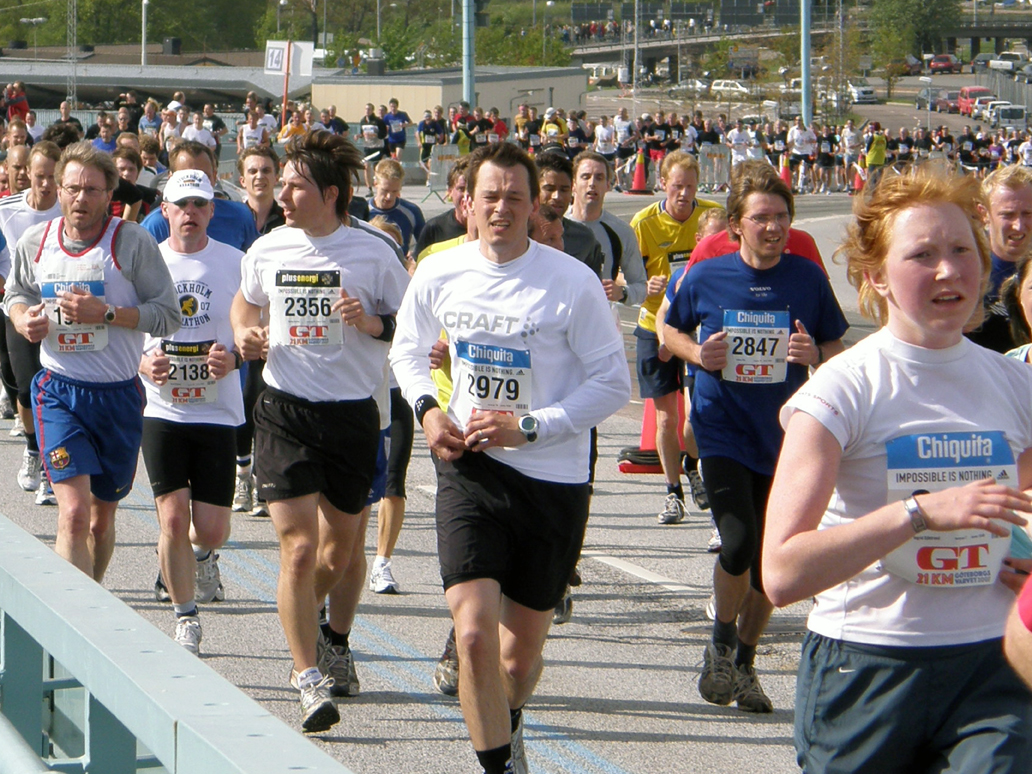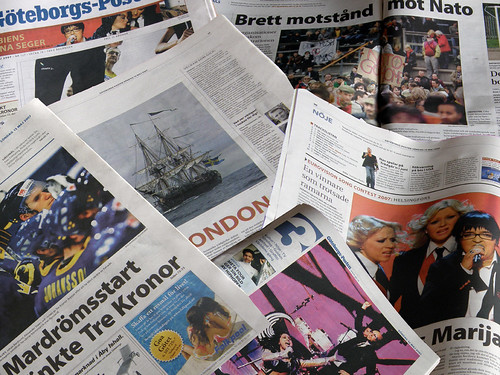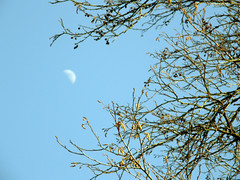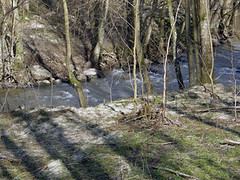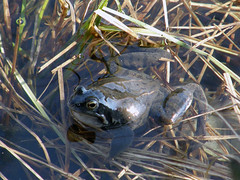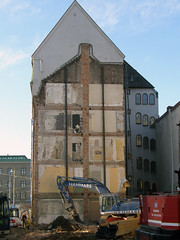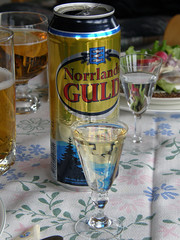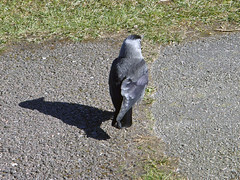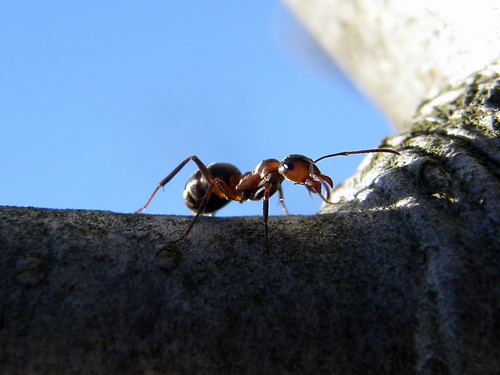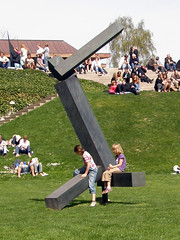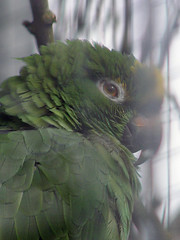Gothenburg or Göteborg?
A section of our local paper Göteborgs-Posten - or The Gothenburg Post - has recently been taken up by a debate on the name of the city. Gothenburg (Göteborg) is the only Swedish city which has an ‘international’ name which is noticeably different from the city’s name in Swedish. Malmö gets called Malmo or occasionally Malmoe, and Stockholm is Stockholm – though some Brits insist on pronouncing it as Shtockholm. On Flickr, I made a point of tagging all my photos with “Gothenburg” and “Göteborg”; since I moved to Ipernity, as a gesture to the site managers and other users, I’ve added the French “Gothembourg”.
A while back now, the city council here took a decision to promote Göteborg as the official name for the city, and to ignore or play down Gothenburg. This was rather silly. Gothenburg and Göteborg (both with a variety of alternate spellings) have existed as names for the city since it was founded in 1621. In fact, the earliest written document, the city’s original charter (which was written in German), calls the city Gothenburg. Beyond this, nobody outside of Scandinavia who hasn’t also studied Swedish has much of a clue how to pronounce Göteborg. (It isn’t Gotebork!)
More sinisterly, the Swedish extreme right has been promoting the idea of a ‘return’ to a ‘Swedish Göteborg’, which of course, has only ever existed in their imaginations. While I don’t think there’s any collusion between the city council and the extremists, I do think the official decision to promote Göteborg over Gothenburg is a sign of the council’s ignorance of history. I also think it can only further the impression among Gothenburgers who don’t know much of their town’s history that the extremists have a point. They might think: Göteborg is and always has been a Swedish city – look at the name! But in truth Gothenburg/Göteborg has always been international.
Lars-Gunnar Andersson, who started the latest debate in the paper, is a Professor of Swedish at the University of Gothenburg (official international name: Göteborgs university). His bugbear is the ‘swenglish’ sentences created by forcing ‘Göteborg’ into English phrases where it doesn’t belong. Language is close to home for many people and his argument that ‘swenglish’ mixtures are ugly and irritating has drawn both enthusiastic supporters and angry calls for him to stop wasting newsprint.
Me, I agree with Professor Andersson, but I’m teacher of English as well as history, so I would, wouldn’t I? 'Göteborgs university' is a good example of what bugs me. Apart from the change in name, there’s an error of grammar as well. If we don’t call it the University of Gothenburg in English, the other option is Gothenburg University. Both words capitalised and no possessive because both words together are make the university’s name. But the Swedification imposed by replacing Gothenburg with Göteborg has gone further. In the Swedish name, Göteborgs universitet, Göteborgs is the possessive. The correct translation ought to be Göteborg’s university. (And I'd prefer Göteborg’s University). It’s a small error, to be sure, but it suggests to me that the people who run the university are not only ignorant of the history of their city; they don’t care much about foreign languages either.
Not great for an institute of higher learning.
And in the meantime the rain is still falling ...

Labels: Flickr, Göteborg, Gothenburg, GP, Ipernity, post-industrial landscape, rain, skyline, världens gång


